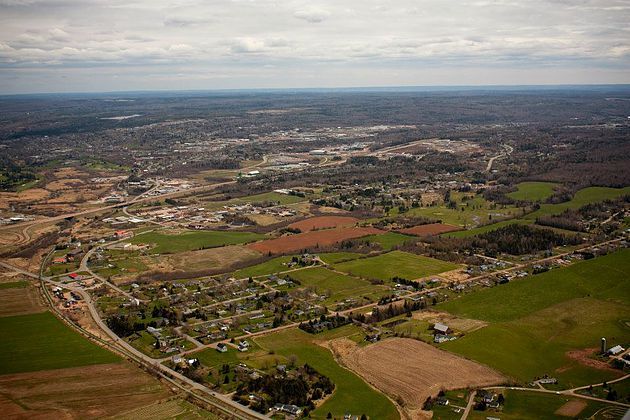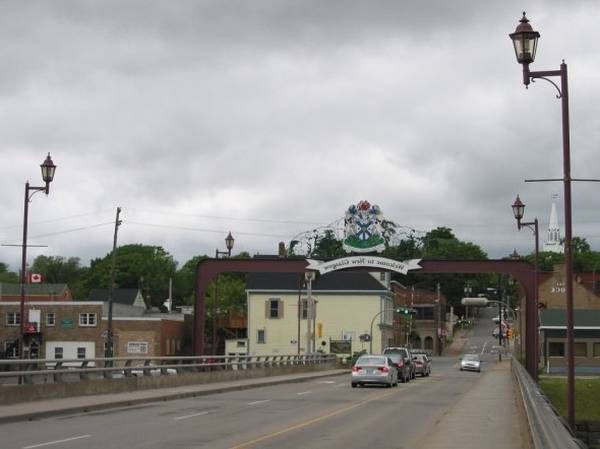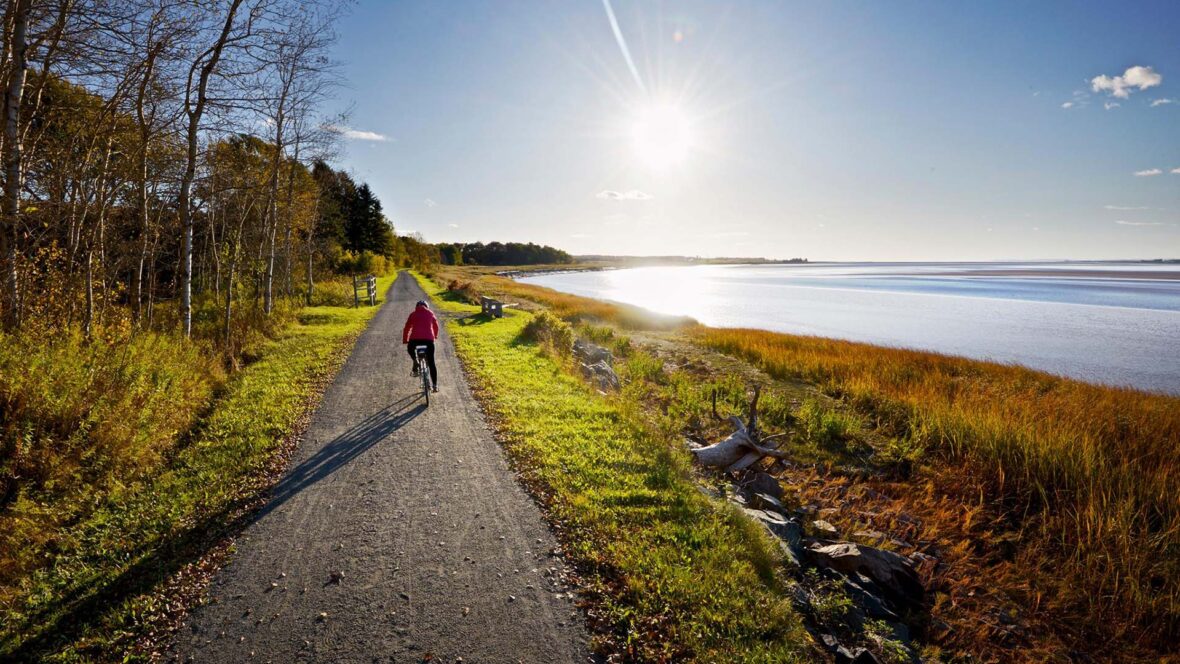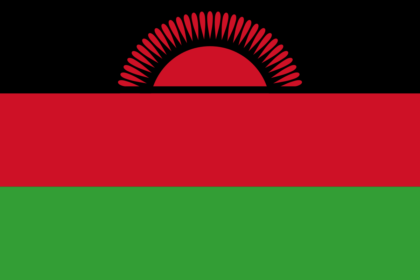Truro is a town in central Nova Scotia, Canada. Truro is the shire town of Colchester County and is located on the south side of the Salmon River floodplain, close to the river’s mouth at the eastern end of Cobequid Bay. Take a look below for 28 interesting and fascinating facts about Truro, Nova Scotia, Canada.
1. The area has been home to the Mi’kmaq people for several centuries.
2. The Mi’kmaq name for the Truro area, “Wagobagitik” means “end of the water’s flow”.
3. Mi’kmaq people continue to live in the area at the Millbrook and Truro reserves of the Millbrook – We’kopekwitk band.
4. Acadian settlers came to this area in the early 1700s.
5. The Mi’kmaq name for the Truro area was shortened by the settlers to “Cobequid”, and the bay to the west of the town is still named Cobequid Bay.

6. By 1727, the settlers had established a small village near the present downtown site of Truro known as “Vil Bois Brule” (Village in the burnt wood).
7. Many Acadians in this region left in the Acadian Exodus which preceded the Expulsion of the Acadians in 1755.
8. In 1761, the British settled the area with Presbyterians of predominantly Ulster Scottish origin who came from Ireland via New England.
9. They named the new settlement after the city of Truro in Cornwall, United Kingdom.
10. Originally a small farming community, the construction of the Nova Scotia Railway between Halifax, and Pictou in 1858 caused the municipality to experience a fast rate of growth which increased even more when the railway connected to central Canada in 1872 and became the Intercolonial Railway.

11. The Intercolonial, which later became the Canadian National Railway built a large roundhouse and rail yard in Truro.
12. Further rail links to Cape Breton and to the Annapolis Valley through the Dominion Atlantic Railway in 1905 increased the town’s importance as a transportation hub for Nova Scotia.
13. The railway also attracted industries such as the Truro Woolen Mills in 1870 (which later became Stanfield’s) and provincial institutions like the provincial Normal School (later the Nova Scotia Teachers College) and the Nova Scotia Agricultural College.
14. The town officially incorporated in 1875. Many figures from the town’s past were featured in over 40 tree sculptures which were carved in tree trunks after Truro lost most of its Elm trees to Dutch Elm Disease in the 1990s.
15. As of 2018, most of these sculptures were suffering from severe deterioration and were taken down.

16. The history of the town and surrounding county is preserved at the Colchester Historical Museum (c.1900-1901), which is designated under the provincial Heritage Property Act.
17. Three areas of Truro contain predominately African Nova Scotian residents. The residents of Upper/Lower Ford Street (“the Marsh”) are descendants of Black Loyalists and Black Refugees. Young Street (“the Hill”) has people from a number of different cultural and ethnic diversities. Black Loyalist descendants make up the vast majority of people in the third area, West Prince Street (“the Island”). Many of Truro’s black community has roots in the historically imporant Black Nova Scotian settlements of Guysborough County.
18. Zion United Baptist Church, first founded in 1896 on Prince Street, has long been the spiritual heart of the community.
19. Truro is also the birthplace of world-renowned contralto, Portia White (1911–1968). To support herself while taking music lessons at the Maritime Conservatory of Performing Arts she taught school in Africville and Lucasville.
20. One of Canada’s most well known civil rights leader, Burnley Allan “Rocky” Jones, was raised in “the Marsh” neighbourhood of Truro.

21. Truro is known as the Hub of Nova Scotia as it is located at the junction between the Canadian National Railway, running between Halifax and Montreal, and the Cape Breton and Central Nova Scotia Railway, running between Truro and Sydney.
22. Until the 1980s, Truro also hosted a junction between the Canadian National and Canadian Pacific Railway’s former Dominion Atlantic Railway line running through Windsor and down the Annapolis Valley to Yarmouth, Nova Scotia.
23. Six large sections of the Berlin Wall are no longer located along the Cobequid Trail, on the Agricultural Campus of Dalhousie University.
24. Truro has two public high schools, Cobequid Educational Centre and the francophone École acadienne de Truro. Post-secondary options include a campus of the Nova Scotia Community College, and The Institute of Human Services Education, Jane Norman College as well as the Agricultural Campus of Dalhousie University, in the neighboring village of Bible Hill.
25. Truro has three ice hockey rinks: Deuvilles Rink, Rath Eastlink Community Centre, and the Colchester Legion Stadium.
26. Truro is home to the Truro Bearcats, a Junior “A” ice hockey team who are four time MJAHL Champions. (Canadian) Football is also a popular sport in the town with all games being played on Friday night at the Truro Amateur Athletic Club (TAAC) grounds.
27. Truro also has a senior baseball team, the Truro Senior Bearcats, that play in the Nova Scotia Senior Baseball League.
28. Truro enjoys a vibrant soccer scene centered about the local “CC Riders” soccer club which serves “Tier 2” soccer for both genders and all ages. Outdoor soccer takes place between May and October and indoor 7-a-side and pickup games run through the winter months.




